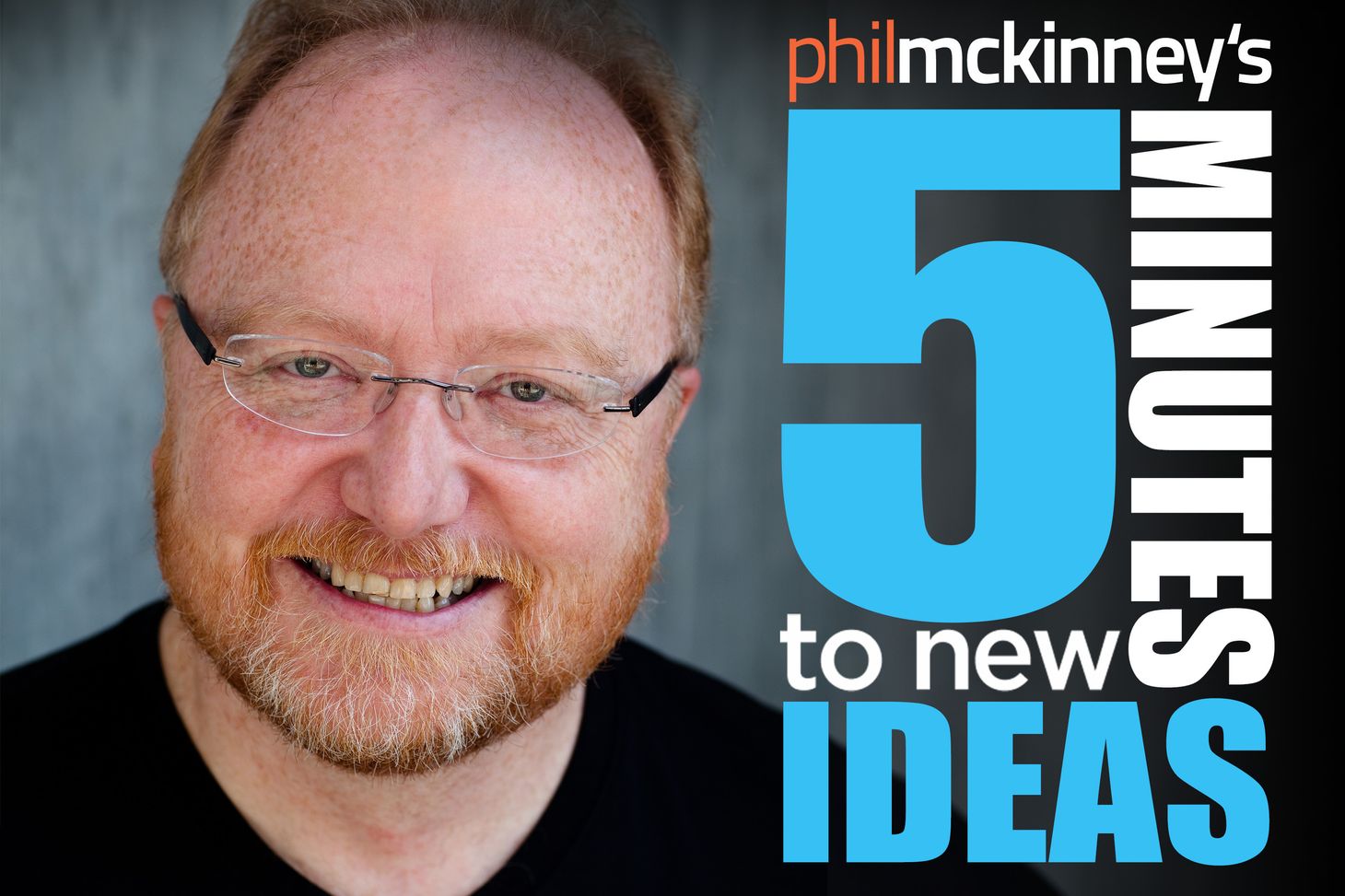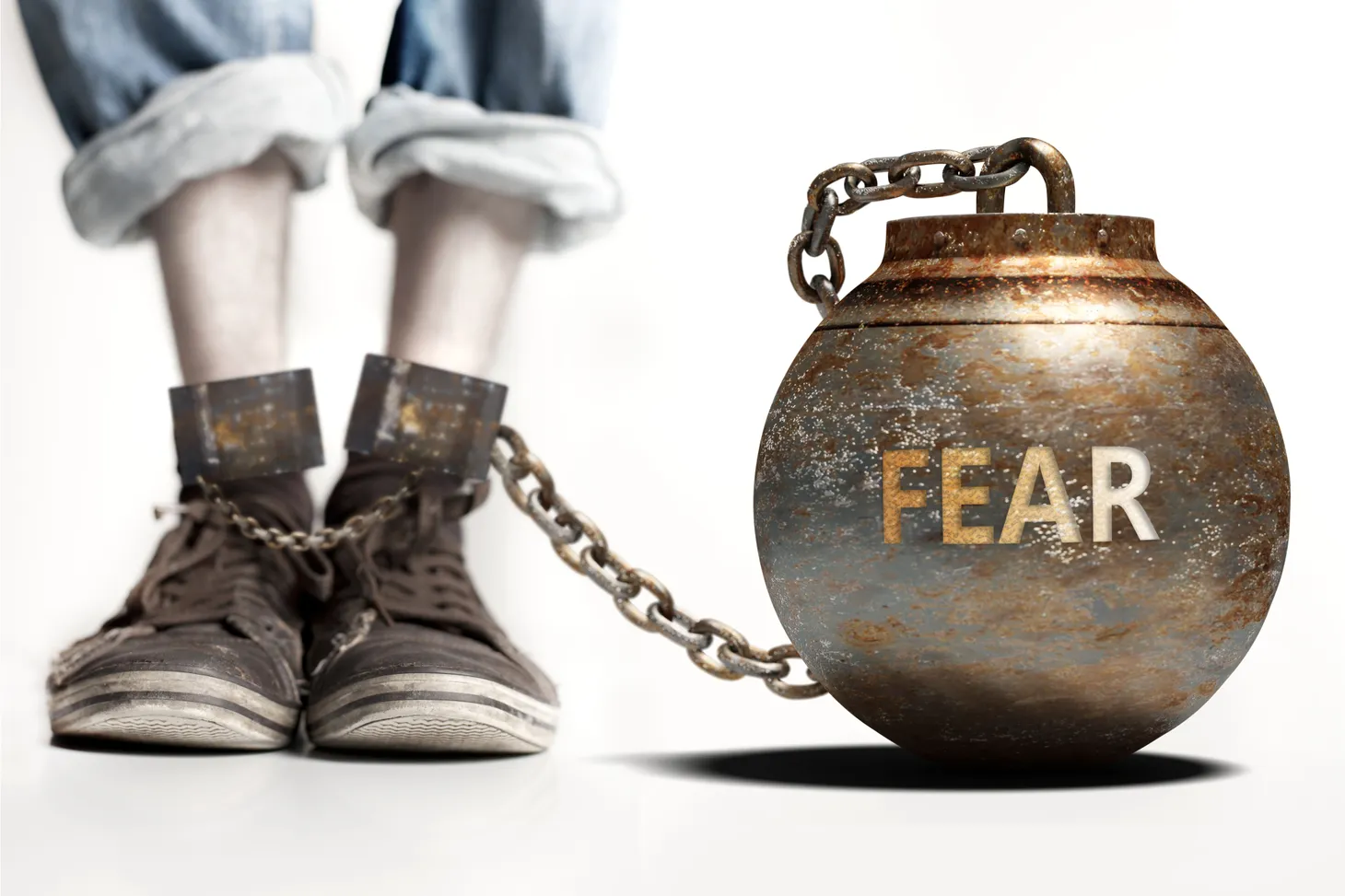What emotional psychological or status benefit could people derive from my product

What emotional, psychological, or status benefits could people derive from using my product?
Do you have diamonds stashed away that you reckon you can sell if times ever get tough?
Say, a family heirloom, or an engagement ring from a failed marriage?
Perhaps you know how much the diamond was appraised for by a reputable seller and feel confident that you can get a reasonable return on your investment.
If so, you’re in for a disappointing surprise.
In the late 1880s, a group of British financiers who’d invested heavily in South African diamond mines grew alarmed at the discovery of vast new supplies of the supposedly scarce gem.
They realized that the value of their What—diamonds—was essentially the public’s perception of them as both extremely rare (and thus valuable), and a sign of sophistication and affluence.
This belief about what the diamond merchants were selling would be irreparably damaged if the world’s markets were suddenly flooded with the gems.
The financiers banded together, formed the De Beers consortium, and have managed and manipulated both the supply of diamonds and the public’s perception of them ever since.
In the late 1940s they coined the phrase “A diamond is forever” and persuaded young couples everywhere that the purchase of one was an essential symbol of love and devotion.
In the late ’50s, they responded to a glut of tiny diamonds from the Soviet Union by creating the idea of and the market for the “eternity ring.”
The eternity ring was promoted as a gift for established couples to celebrate their ongoing commitment.
Rather than one large diamond, the ring was comprised of a string of tiny diamonds set in a band.
Prior to the eternity ring, customers were more interested in purchasing large diamonds.
De Beers was able to convince consumers that these small diamonds were equally desirable by creating the idea that the small diamonds represented the passing of the years.
Smart.
Even more cleverly, they realized that by marketing diamonds as both investments and emotional signifiers, customers would keep them rather than reselling them down the line.
You might part with Grandma’s bond portfolio, but you were far less likely to sell her ring.
This sentiment helps keep untold billions of dollars of privately owned diamonds off of the market, thereby keeping the price of “new” diamonds high.
Brilliant.
However, the actual value of a diamond is negligible.
Recently a friend took a loose diamond to a dealer.
She had vague plans of buying a twin for it and making earrings for her daughter.
The dealer squinted at the stone for a moment and quoted her $7,000 for a diamond that would match.
When she balked, he looked up at her, and without blinking an eye offered to buy her stone for $2,000.
She politely declined.
The diamond industry has expertly shepherded their customers into thinking and believing certain things about their product.
Now, I’m not necessarily advocating this kind of strategic manipulation, but it’s interesting to look at how flexibly and fluidly De Beers is able to revise what their product actually is.
By doing this they are able to reflect the realities of the existing marketplace and also create markets where there were none.
De Beers has answered this Killer Question, most recently with the creation of the “right-hand ring.”
It was first unveiled in the early 2000s as the luxury goods market was nearing its apex.
The right-hand ring is, like most engagement rings, made of diamonds and set in platinum.
However, unlike an engagement ring, it is made for women to buy for themselves, as a symbol of emancipation and self-worth.
I would have loved to have sat in on the concept meetings for the right-hand ring.
The diamond industry has been very clever in adjusting their product to both lead and respond to social changes, and I’m sure the right-hand ring is no different.
The ring hit at a moment when the consumption of big-ticket luxury items felt like a statement of success and self-acceptance.
It was a clever idea that subverted what buying a diamond ring traditionally means, turning it from a symbol of commitment and marriage into a declaration of independence and freedom.
The diamond industry has managed to create two products that are basically the same thing, yet fine-tune two completely different messages for them and thus create two different markets.
At the same time, there is no public sense of a contradiction between them, and thus they’ve been able to add a whole new audience without compromising their existing one.
There is something pretty clever about the way the diamond industry has both manipulated existing markets and created new ones.
Their products are imbued with both emotional value and the perception of “real” value.
Owners feel that the diamonds convey a sense of wealth and prosperity, even though the stones are nearly always worth dramatically less than the owners believe.
There are also larger questions about the way diamonds are obtained from the third world.
However, no one can deny that the marketing minds of De Beers have done a fantastic job at both shaping their customers’ needs and criteria and responding to them.
[Sparking Points]
Does your product create a connection with its consumer that goes beyond just being a good solution to their needs?
Can you refine it to reflect the changing needs and desires of your customer?
Is the emotional connection literally between the customer and the product, or between the customer and what the product signifies to them?
Are there good or interesting reasons to resist an emotional connection and actively prevent one from developing?




